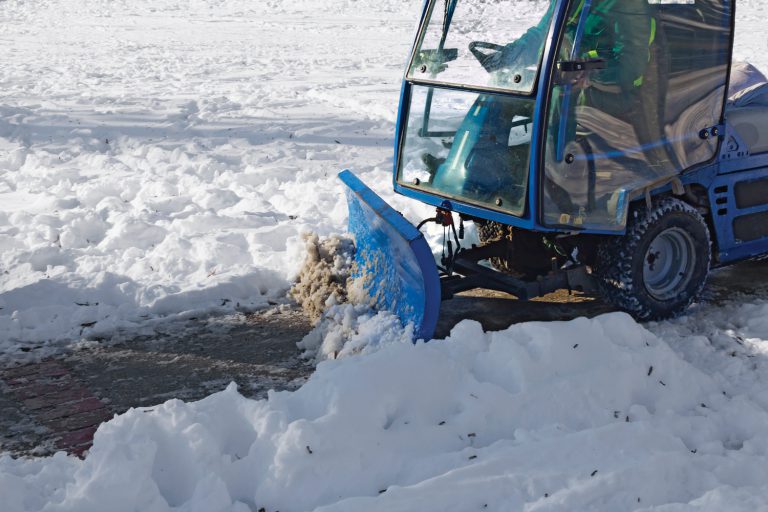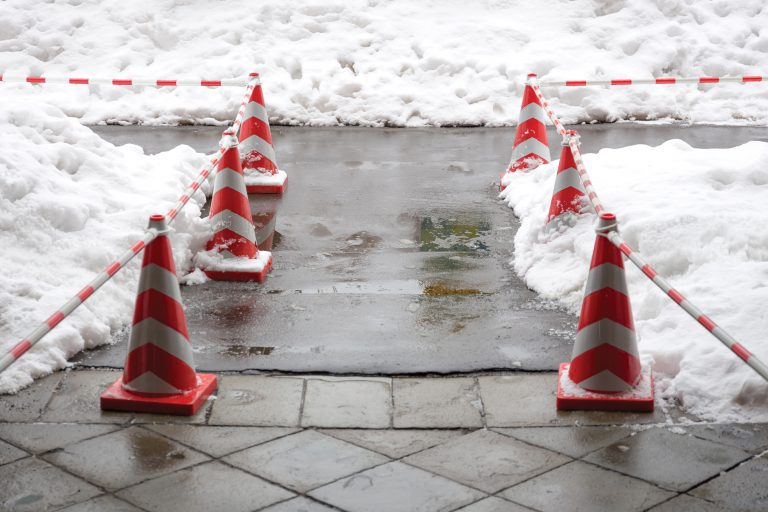Slips, trips and falls are some of the most common losses that result in insurance claims. Snow, ice, spills, uneven flooring, inadequate lighting, and other hazards are common causes of slip, trip and fall injuries. If an accident occurs as a result of unsafe conditions on someone else’s property, the landowner or business proprietor may be held legally responsible.
Slips happen when there isn’t enough friction or traction between your feet and the surface you’re walking on. Common causes of slips include snow, ice, wet or oily floors, spills, loose or unanchored mats, and flooring that lacks the same degree of traction in all areas.
Trips happen when your foot strikes an object, causing you to lose your balance. Trips and falls are due to a variety of reasons, including uneven or broken walkways, debris or clutter, poor lighting, uncovered cables or hoses and wrinkled carpeting or rugs.
Most tripping hazards can be corrected easily by removing items from walkways, painting areas to better identify a change in elevation and using quality floor mats. Simply keeping areas clean and clear will go a long way to reducing tripping hazards in the workplace.


Click here to download this brochure.
The material contained in this document is for informational purposes only. Your individual circumstances may vary depending upon location, type of construction and other factors and you may therefore be required to implement unique approaches to address particular issues that exist at your location. Please consult with licensed professionals and your utility providers to ensure that any safeguards or improvements you undertake are appropriate and safe.
"*" indicates required fields
"*" indicates required fields